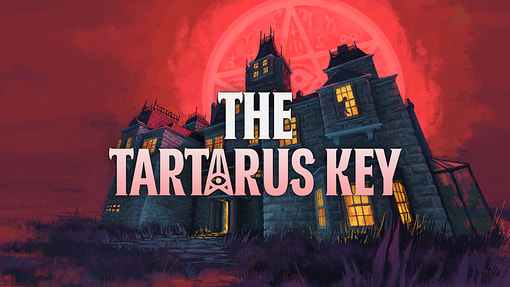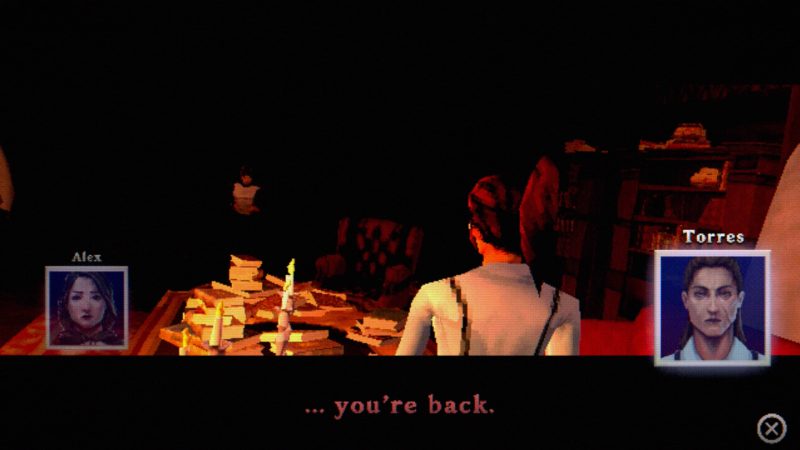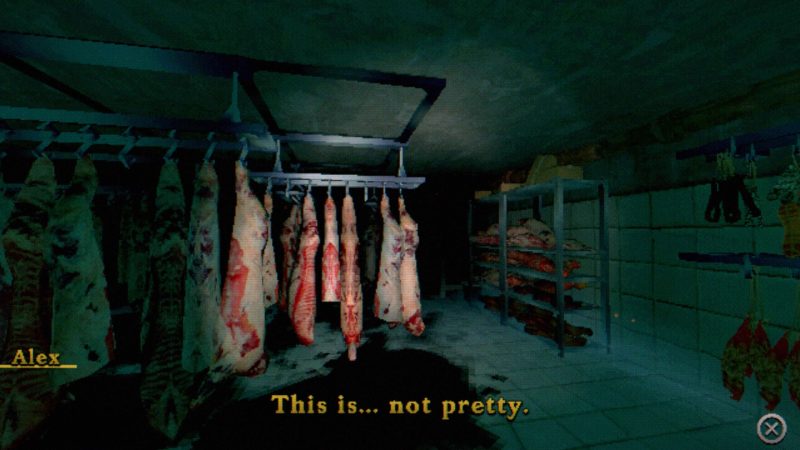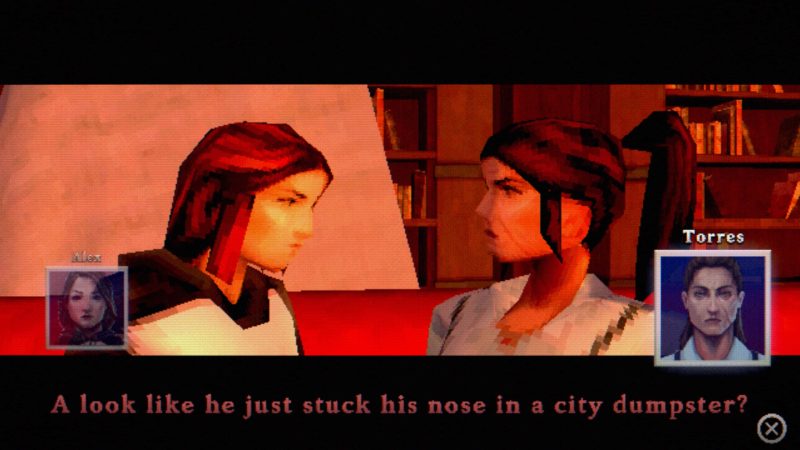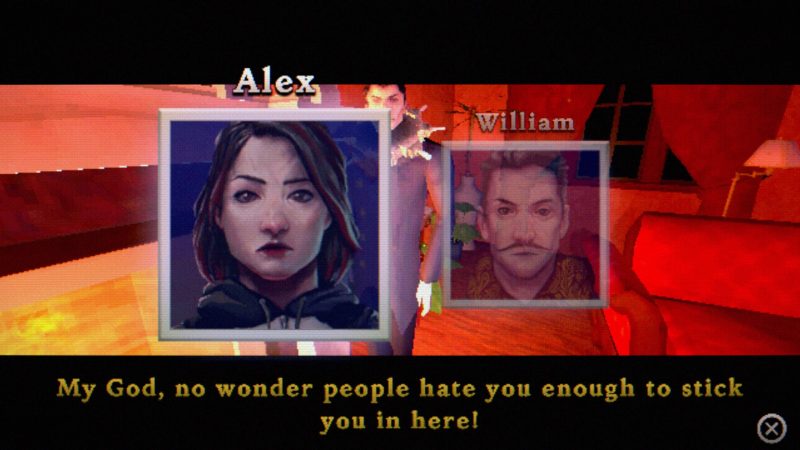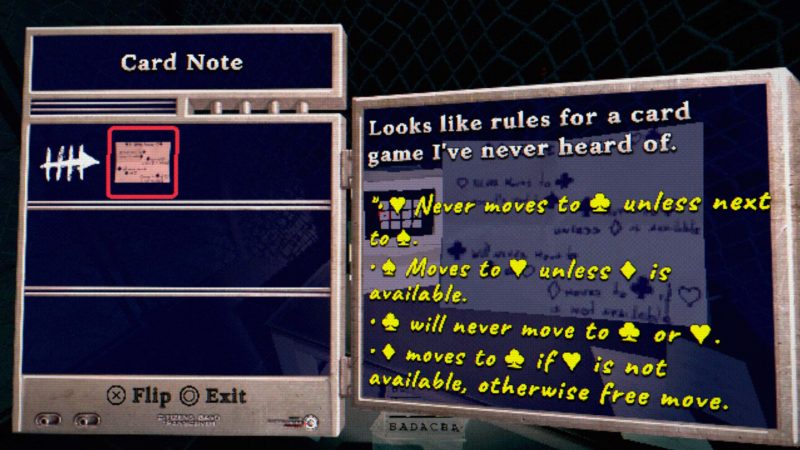The Tartarus Key Review (PS4) – As a child of the 90s, the PS1 will always be near and dear to my heart, even if much of the library ages like cheddar cheese left on the back porch. When that aesthetic was on though, boy was it on.
The Tartarus Key channels that same energy to interesting effect. It doesn’t always work as well as it could, but the game leans into its choices well enough to make it all work together.
The Tartarus Key Review (PS4) – A Nostalgic Callback With Suspense And Hints Of Horror Comedy
You wake up as Alex, an everyday normal woman, locked in an empty yet extravagant mansion filled with shadows, puzzles, and mystery. In the opening moments, you get your hands on a two-way radio and open communications with another person held captive elsewhere in the mansion.
You then try your collective best to get out of the mansion alive. Along the way, you meet other people also confined inside the mansion. You are then faced with the added struggle of helping them escape their bindings and flee the mansion as well.
The PS1-grade visuals are the first thing you notice when you start the game. In general, this aesthetic leans into the game’s intentions well, making images look more blurry. This creates that general unknown element to everything you look at, adding to the ambiance and enhancing the tension.
Ultimately, this style lends to the game more when just interacting with the static space around you.
More Suspense Than Horror
Equally so, there were several scenarios where a more realistic approach would have been more beneficial. Much of the time, points where other people or things move tend to lose a great deal of their mystique simply because they cannot be visually processed right away.
By the time they disappear, you register them, and your response doesn’t match the game’s output.
It does create an odd sensation, but the mansion itself already does that to greater effect. With this aesthetic, I cannot help but compare it to Metal Gear Solid on PS1. The reason that the visuals worked then, and still work now, is that they give the necessary amount of time for the vague polygons to be interpreted by your mind (in combination with very generous cinematography).
To contradict myself a little bit, these moments do keep you moving forward, sparking a sort of “wait what” that makes you more curious than spooked. This is quite challenging to explain without being disingenuous to what the game does and does well in terms of visuals.
The long and short of it is the visuals evoke more of an emotional response with still objects than they do with moving objects.
Writing Horror
While this makes for some interesting artistic ideas, they don’t always mesh as nicely in terms of genuine horror. Looking back on the game, I enjoyed it for what it was, but I still feel like I missed out on some tension and suspense along the way.
You could say that this follows a more horror-comedy sort of path, which I could agree with several places. Nonetheless, the writing pushes things forward, adding welcome differentiation between characters without overdoing it or making anyone a caricature.
The writing in Tartarus Gate is a solid affair, giving just enough details to keep you on the hook but not divulging too much too quickly. In fact, every line of dialogue moves into the puzzles nicely, which then move into the next focal point, then dialogue, puzzle, etc.
Thoughtful Puzzles, Even for Me
The formula works, though, since the game doesn’t reuse any of its puzzles or scenarios. All of these are then accentuated by the conversations between you and the different people you encounter. Some people are creepy, some are downright jerks, and some are intentionally hilarious.
One area where Tartarus Gate truly excels is how it manages its puzzles. Some are simple, of course, and some are true brain-teasers. What truly works about them, though, is that the game concentrates all of its puzzles into their own rooms.
When you’re in a room working on a puzzle, all of the solutions and clues for that puzzle are in that room. This also gives it a more simplified escape room vibe, which just works so well.
Personally, this approach allows me to focus much better. When I need to go from room to room, I get lost in the sheer amount of possibilities that I just stop processing information. This perspective may not be relatable to everyone, but puzzles aren’t always for everyone.
As one of those people, I believe it important to at least share that. The only times I truly struggled were when I over thought what I was dealing with. When I began to simplify my approach, the puzzles came together.
Escape Room Meets Horror Comedy To Nice Effect
All in all, The Tartarus Key manages to utilize the PS1 aesthetic rather well, giving this suspenseful horror game an added layer of ambiguity to its visuals. While much of the situations may not generate fear, the suspense and intrigue more than make up for it.
Though enjoyable, some of the potential gets lost in the retro visuals, and not enough of the strengths of said style get utilized to maximize its output.
Regardless, this makes for a good time, simplifying the complicated portions of the escape room formula and adding in welcome storytelling and suspense. Any level of curiosity, even the most remote, should pick up The Tartarus Key. This is a compelling title that’s definitely worth your time.
The Tartarus Key is now available on PS5 and PS4.
Review code kindly provided by publisher.
